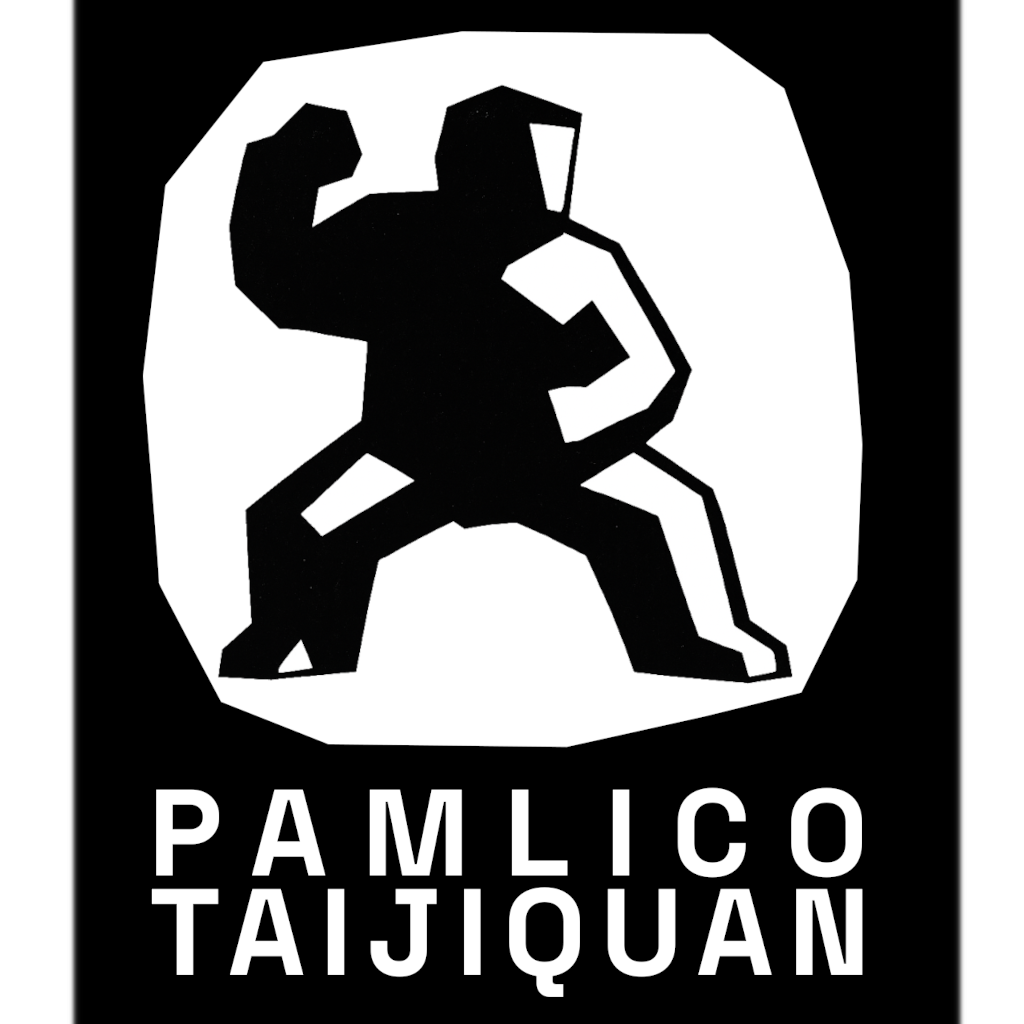What to expect from a Tai Chi class
Even though Tai Chi has been in the US for 60+ years, very often do people ask me, “what is Tai Chi?” And sometimes their friend chimes in… and their input is quite different each time. Needless to say, I don’t expect anyone to have a straight answer for this any time soon, and I think a lot of it has to do with the variety of tai chi, language barriers, and cultural misperceptions. But without getting too much into that, I want to explain how I currently teach a general Tai Chi class.
For me, a class should at least be an hour long. 1.5-2 hours is very good, though not always so common. An hour is good enough for getting into my usual 3-part structure:
5-10 mins of Warm ups/Qigong to calm the mind, relax, and get in a good mindset
15-20 mins of Basic exercises to work in basic principles and movement patterns
30-40 mins of form learning and practice
An extra 30 to 60 minutes can mean deepening any one of those elements, if not all of them, however I generally try to devote the extra time to form practice. Longer classes are great for really absorbing ideas for practice.
Warm ups and Qigong
When we enter class, sometimes we’re in the mindset we had when driving, working, being at home, etc. Our body may be aching, stiff, or in need of some energy. This is a time to loosen up, breathe in, move around, and stretch the limbs a bit through very simple exercises. These exercises are most often quite circular; at the beginning I like doing them (relatively) quickly and loosely, but gradually I like to slow down and introduce more structure. Over time, these exercises can deepen significantly.
Basic exercises and principles
These exercises are circular as well, but not necessarily symmetrical, and may include stepping patterns and hand positions that are generally not found in the standard qigong exercises. They are primarily for the purpose of building up foundational principles, such as weight shifts, joint coordination and relaxation, intention, etc. I like to use this time to briefly explain some principles of movement with a little more depth.
The form (“yilu” or “first form”)
The first form, called Yilu, is a foundational form of Taijiquan comprised of 89 movements, each of which can be broken down into different steps. It is a rich and deep set of movements which help to develop mobility, strength, and stability in a multitude of positions. It can be practiced slowly or quickly, though is best done slowly in the learning stages.
For beginners, I generally try to keep it simple and easy to follow, focusing on choreography over principles. As one practices and remembers the choreography, the principles are much easier to maintain, although they can certainly be worked on from the very start! As one’s practice deepens, the form becomes more meditative and can be intensified to varying degrees.
As I have learned it, it is divided into 7 sections, and I currently teach the first two. The list of movements can be found below.
List of movements from Sections 1 and 2 of Yilu (from ctn.academy):
1. 預備式 Yu bei shi
Preparation
2. 起式 Qi shì
Commencing move
3. 金刚捣碓 Jingang dao dui
Buddha’s warrior pounds mortar
4. 懒扎衣 Lan zha yi
Lazily tying coat
5. 六封四闭 Liu feng si bi
Six times sealed, four times closed
6. 单鞭 Dan bian
Single whip
7. 第二个金刚捣碓 Di er ge jingang dao dui
Buddha’s warrior pounds mortar (end of section 1)
8. 白鹤亮翅 Bai he liang chi
White crane reveals its wings
9. 斜行 Xie xing
Oblique walking
10. 初收 Chu shou
First gathering
11. 前膛拗步 Qian tang ao bu
Wade forward and twist step
12. 第二个斜行 Di er ge xie xing
Second oblique walking
13. 再收 Zai shou
Second gathering
14. 第二前膛拗步 Di er ge qian tang ao bu
Wade forward and twist step, second time
15. 掩手肱捶 Yan shou gong chui
Cover with your hand and strike with your upper arm (hidden punch)
16. 十字手 Shizi shou
Cross hands
17. 第三个金刚捣碓 Di san ge jingang dao dui
Buddha’s warrior pounds mortar (end of section 2)
Other considerations on content
Some groups are not particularly interested or suited for learning the form. Depending on the needs of a group, instead of teaching the form I may teach exercises derived from it. These are, in effect, small snapshots of each movement that can be more easily remembered and practiced.
Physicality, Feedback
Tai chi can vary in intensity, though is often known for slow and gentle movements. For the general public, I usually try to keep it more along these lines. In this way, the stances do not demand high degrees of flexibility or strength, but still incorporate foundational principles.
In some cases, it can be quite necessary to provide corrective feedback to movements. This helps to make the movements more stable, safe, structured and relaxing. This sort of feedback is never intended to criticize or impose onto others, and so I always ask for permission before offering such feedback, in respect of boundaries. If feedback is not desired, I hope all my students feel free to say so!
